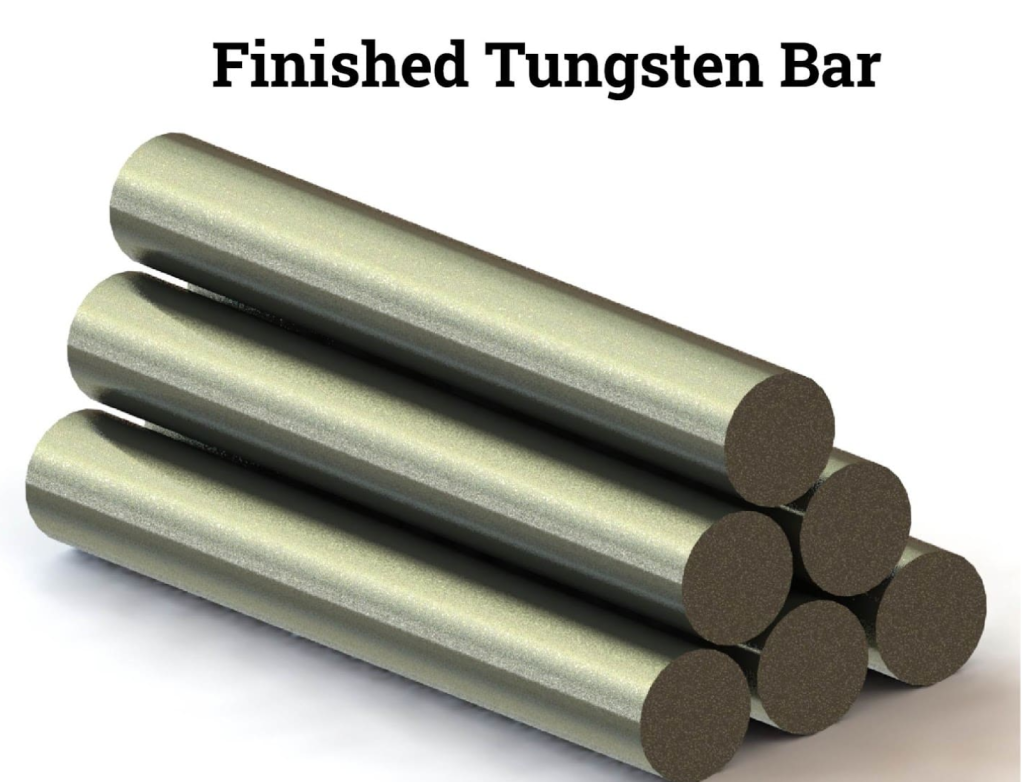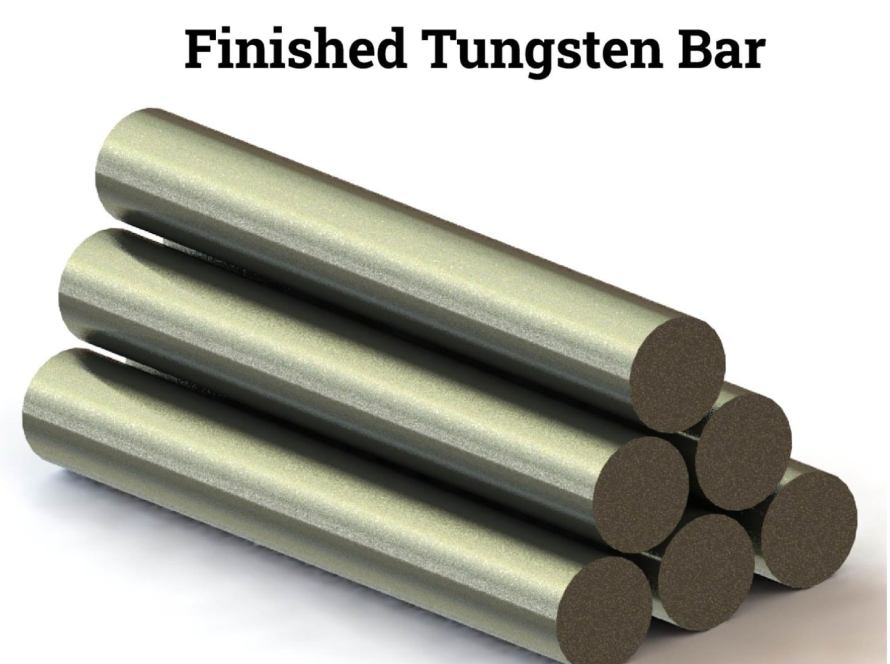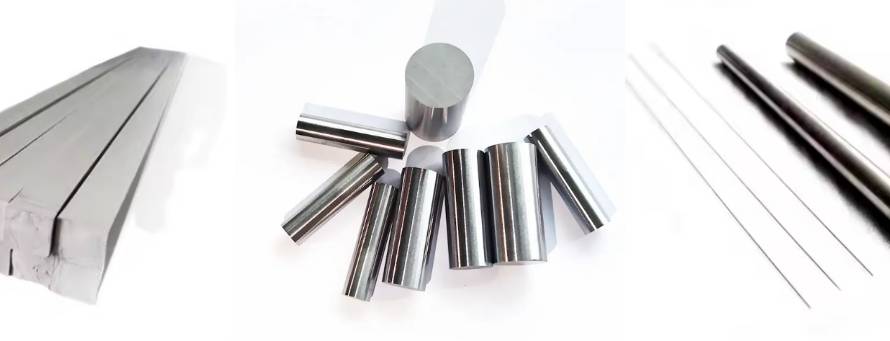Introduction
When discussing elements on the periodic table, many people wonder: Is tungsten a metal, nonmetal, or metalloid?
The answer is clear: Tungsten is a metal—specifically, a transition metal in Group 6, Period 6 of the periodic table. It belongs to the d-block elements, sharing its category with chromium and molybdenum.
Unlike nonmetals or metalloids, tungsten exhibits typical metallic properties such as:
-
High electrical and thermal conductivity
-
Exceptional density (19.3 g/cm³)
-
Record-high melting point (3,422 °C)
-
Malleability in pure single-crystal form
-
Metallic luster (gray-white appearance)
Because of these properties, tungsten is not classified as a nonmetal or metalloid, but firmly as a heavy transition metal used in critical industrial and technological applications.

Why Tungsten’s Classification Matters
Industrial Applications – Tungsten’s metallic strength allows it to be used in cutting tools, aerospace components, and superalloys.
Electronics & Energy – Its electrical conductivity makes it ideal for light bulb filaments, electrodes, and semiconductors.
Medical & Defense Uses – Its density provides protection in radiation shielding and effectiveness in armor-piercing ammunition.
Consumer Products – Tungsten’s hardness makes it popular in rings, watches, and sports equipment.
Ti Time Company – Reliable Tungsten Metal Supplier
Experience & Expertise
With years of experience in titanium electropolishing and advanced metal manufacturing, Ti Time Company is a trusted supplier of tungsten products designed for demanding applications.
Authoritative Global Supplier
Ti Time Company supplies tungsten across aerospace, electronics, defense, and research industries, with certified quality standards that guarantee performance.
Trust & Custom Manufacturing
We provide custom tungsten solutions in forms such as cubes, rods, alloys, and precision components. Our production process ensures reliability, consistency, and transparency for every client order.
FAQs about Tungsten Metal – Nonmetal or Metalloid
Q1: Is tungsten a metal, nonmetal, or metalloid?
A1: Tungsten is a metal, specifically a transition metal, not a nonmetal or metalloid.
Q2: What properties make tungsten a metal?
A2: High conductivity, density, melting point, and metallic luster confirm its classification as a metal.
Q3: Why isn’t tungsten considered a metalloid?
A3: Metalloids have both metallic and nonmetallic properties. Tungsten, however, exhibits full metallic characteristics.
Q4: Does Ti Time Company supply tungsten in different forms?
A4: Yes, we offer tungsten bars, rods, alloys, and custom components to meet diverse industrial needs.
Q5: Is tungsten used more like a nonmetal or a metal in industries?
A5: Tungsten is used strictly as a metal—in manufacturing, aerospace, defense, medical, and consumer applications.
Tungsten is neither a nonmetal nor a metalloid—it is firmly classified as a transition metal. Its unique combination of density, heat resistance, and strength makes it a cornerstone material in modern industry.
As a trusted tungsten supplier, Ti Time Company combines experience, expertise, and certified quality to deliver premium tungsten products across industries worldwide.



